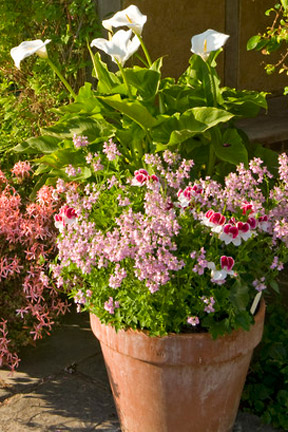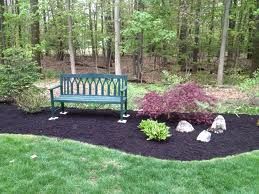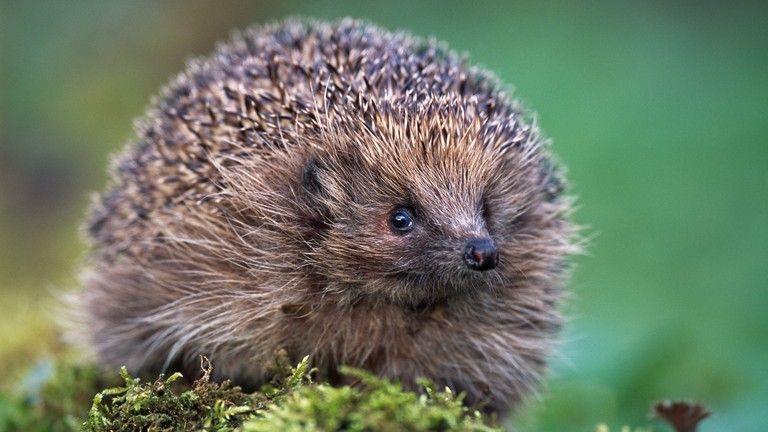Container & Pot Plant Care - Late Summer
 It’s the time of year when containers and pots with bedding plants start to look a little bit sad. Some of the plants are coming to the end of their flowering, and some are dying back, but others are still flowering. What should you do to keep them looking good for as long as possible? Here are some useful pointers that should help you keep your display going for a bit longer.
It’s the time of year when containers and pots with bedding plants start to look a little bit sad. Some of the plants are coming to the end of their flowering, and some are dying back, but others are still flowering. What should you do to keep them looking good for as long as possible? Here are some useful pointers that should help you keep your display going for a bit longer.
1) Clear out the old
The best thing to do with those plants that have finished flowering and died back, such as Lobelia, is to pull them out lock, stock and barrel. Yes, it will leave spaces, but better spaces than dead plants. So have a good clear out of the pots. And while you’re at it, deadhead everything else. As long as the sun keeps shining, deadheaded plants will generally keep flowering.
Read more …Container & Pot Plant Care - Late Summer




 It’s the time of year when containers and pots with bedding plants start to look a little bit sad. Some of the plants are coming to the end of their flowering, and some are dying back, but others are still flowering. What should you do to keep them looking good for as long as possible? Here are some useful pointers that should help you keep your display going for a bit longer.
It’s the time of year when containers and pots with bedding plants start to look a little bit sad. Some of the plants are coming to the end of their flowering, and some are dying back, but others are still flowering. What should you do to keep them looking good for as long as possible? Here are some useful pointers that should help you keep your display going for a bit longer.